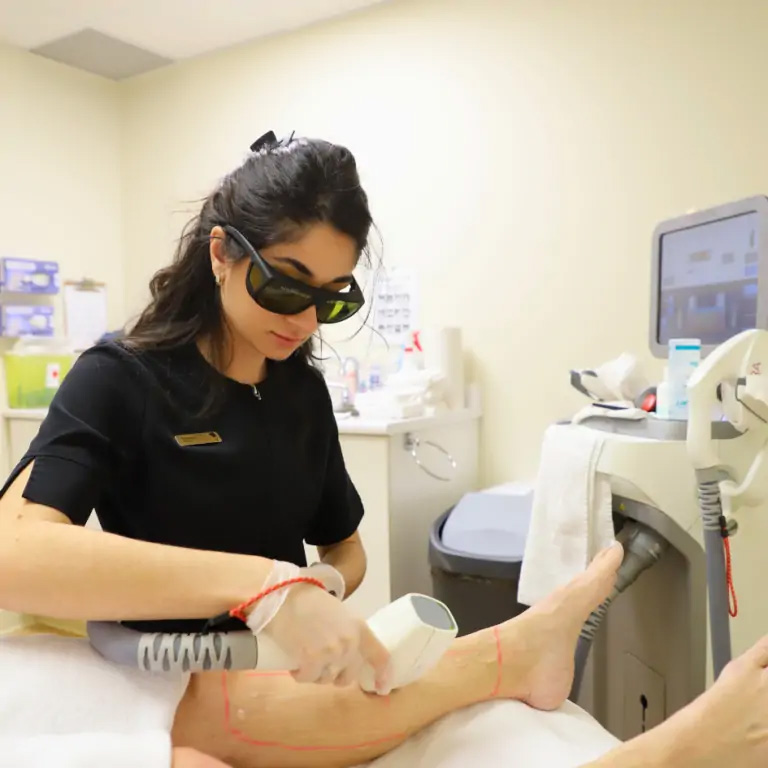Laser hair removal has become a popular solution for individuals looking to permanently rid themselves of unwanted hair. However, before starting this treatment, it’s important to understand certain essential aspects of the process. Here are some answers to frequently asked questions by clients to help you maximize the results of your laser hair removal sessions.
How many sessions are necessary for effective treatment?
Generally, 5 to 6 treatments are sufficient to effectively treat an area. On average, about an 80% reduction in hair growth is observed after the sessions. However, several factors can influence these results, including hormones, medication, health condition, skin and hair color, as well as individual hair growth cycle.
Why do some people require more sessions than others?
This could be due to differing technologies used. Some technologies offer shallower treatments, meaning the energy is not distributed deeply, resulting in lesser destruction of hair components.
What is the difference between IPL and laser hair removal?
It’s important to distinguish between IPL (Intense Pulsed Light) and laser. Laser uses more precise infrared energy, allowing for deeper destruction and quicker, more enduring results. Conversely, IPL provides less precise and less deep radiation, which may lead to hair miniaturization and less stable long-term results.
Why return every six weeks for a session?
Returning every six weeks for a session is crucial to ensure optimal results. Hairs must be in their growth phase to be permanently destroyed. This growth phase, called the anagen phase, typically lasts between 1 and 2 months depending on the body area and the individual. Thus, it’s important to adhere to the session schedule to treat all hairs in their growth phase, regardless of the laser hair removal technology used.
Which areas can be treated with laser hair removal?
Laser hair removal can be used on all body areas except the scalp, inside of the nose, and ears, which are too sensitive to be treated. Additionally, it’s not possible to treat the periocular region and the glabella, as these areas are too close to the eyes.
How can you optimize results?
To maximize the results of your laser hair removal sessions, here are some practical tips:
- Use an exfoliating glove to remove dead cells, which can create a barrier to the laser.
- Hydrate your skin with a soothing balm.
- Avoid sun exposure to maintain pale skin.
- Do not pluck hairs between sessions.
- Adhere to the session schedule every six weeks to maximize the number of hairs in their growth phase at each appointment.
Do you have any other questions? Our clinic technicians will be happy to assist you during a free consultation: schedule an appointment.
